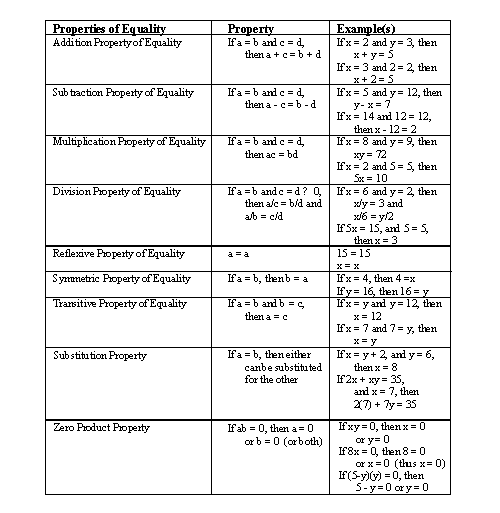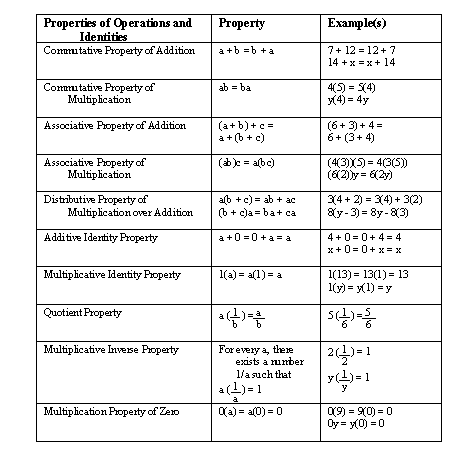Please wait while we process your payment
If you don't see it, please check your spam folder. Sometimes it can end up there.
If you don't see it, please check your spam folder. Sometimes it can end up there.
Please wait while we process your payment
Get instant, ad-free access to our grade-boosting study tools with a 7-day free trial!
Learn more



This site is protected by reCAPTCHA and the Google Privacy Policy and Terms of Service apply.
Create Account
Select Plan
Payment Info
Start 7-Day Free Trial!

Annual
2-49 accounts
$22.49/year + tax
50-99 accounts
$20.99/year + tax
Select Quantity
Price per seat
$29.99 $--.--
Subtotal
$-.--
Want 100 or more? Request a customized plan
You could save over 50%
by choosing an Annual Plan!

SAVE OVER 50%
compared to the monthly price!
| Focused-studying | ||
| PLUS Study Tools | ||
| AP® Test Prep PLUS | ||
| My PLUS Activity | ||
$22.49/month + tax
Save 25%
on 2-49 accounts
$20.99/month + tax
Save 30%
on 50-99 accounts
| Focused-studying | ||
| PLUS Study Tools | ||
| AP® Test Prep PLUS | ||
| My PLUS Activity | ||
No Fear provides access to Shakespeare for students who normally couldn’t (or wouldn’t) read his plays. It’s also a very useful tool when trying to explain Shakespeare’s wordplay!
Erika M.
I tutor high school students in a variety of subjects. Having access to the literature translations helps me to stay informed about the various assignments. Your summaries and translations are invaluable.
Kathy B.
Teaching Shakespeare to today's generation can be challenging. No Fear helps a ton with understanding the crux of the text.
Kay H.
No Fear provides access to Shakespeare for students who normally couldn’t (or wouldn’t) read his plays. It’s also a very useful tool when trying to explain Shakespeare’s wordplay!
Erika M.
I tutor high school students in a variety of subjects. Having access to the literature translations helps me to stay informed about the various assignments. Your summaries and translations are invaluable.
Kathy B.
Teaching Shakespeare to today's generation can be challenging. No Fear helps a ton with understanding the crux of the text.
Kay H.
Create Account
Select Plan
Payment Info
Start 7-Day Free Trial!
You will only be charged after the completion of the 7-day free trial.
If you cancel your account before the free trial is over, you will not be charged.
You will only be charged after the completion of the 7-day free trial. If you cancel your account before the free trial is over, you will not be charged.
Order Summary
Annual
7-day Free Trial
SparkNotes PLUS
$29.99 / year
Annual
Quantity
51
PLUS Group Discount
$29.99 $29.99 / seat
Tax
$0.00
SPARK25
-$1.25
25% Off
Total billed on Nov 7, 2024 after 7-day free trail
$29.99
Total billed
$0.00
Due Today
$0.00
Promo code
This is not a valid promo code
Card Details
By placing your order you agree to our terms of service and privacy policy.
By saving your payment information you allow SparkNotes to charge you for future payments in accordance with their terms.
Powered by stripe
Legal
Google pay.......



Please wait while we process your payment

Sorry, you must enter a valid email address
By entering an email, you agree to our privacy policy.
Please wait while we process your payment

Sorry, you must enter a valid email address
By entering an email, you agree to our privacy policy.
Please wait while we process your payment

Your PLUS subscription has expired
Please wait while we process your payment
Please wait while we process your payment

Properties
These properties will be necessary to solving equations. They should be committed to memory.

The first four properties of equality--those that deal with operations--allow us to add, subtract, multiply and divide variables. They also formally express the idea that when we perform the same operations on both sides of an equation, the two sides are still equivalent. In other words, that we can perform the same operation on both sides without changing the values of the variables.
The next four properties formally express the idea that the quantities on each side of the "=" sign mean the same thing as each other, and that is does not matter which quantity is on which side of the "=" sign.
The final property--the Zero Product Property--is the inverse of the Multiplication Property of Zero learned in Pre-Algebra. The Multiplication Property of Zero states that the product of several numbers, one which is zero, is zero. The Zero Product Property states that if the product of several numbers is zero, then at least one of them must be zero--we cannot multiply non-zero numbers and get zero.

The properties of operations and identities formally express the properties learned in the Operations section of the Pre-Algebra SparkNote, with two additions--the Quotient Property and the Multiplicative Inverse Property. The Quotient Property stems from the fact that we multiply two fractions by multiplying their numerators and then multiplying their denominators. When we multiply a by  , the numerator is a×1 = a and the denominator is 1×b = b; thus, the result is
, the numerator is a×1 = a and the denominator is 1×b = b; thus, the result is  . The Quotient Property shows that multiplying by a fraction whose numerator is 1 is the same as dividing by the denominator of that fraction, and that dividing by a number is the same as putting the divisor in the denominator of a fraction whose numerator is the given number.
. The Quotient Property shows that multiplying by a fraction whose numerator is 1 is the same as dividing by the denominator of that fraction, and that dividing by a number is the same as putting the divisor in the denominator of a fraction whose numerator is the given number.
We can see how the Multiplicative Inverse Property works using the Quotient Property. We want to find a number that yields 1 when multiplied by a, or that yields  when multiplied by a, since
when multiplied by a, since  = 1. Thus, we have a×
= 1. Thus, we have a× =
=  , where
, where  represents the fraction we are trying to find. Using the Quotient Property, we can replace b with a to yield the desired equation -- thus,
represents the fraction we are trying to find. Using the Quotient Property, we can replace b with a to yield the desired equation -- thus,  has 1 in the numerator and a in the denominator:
has 1 in the numerator and a in the denominator:  =
=  . The number
. The number  is called the reciprocal or multiplicative inverse of a.
is called the reciprocal or multiplicative inverse of a.
Please wait while we process your payment





